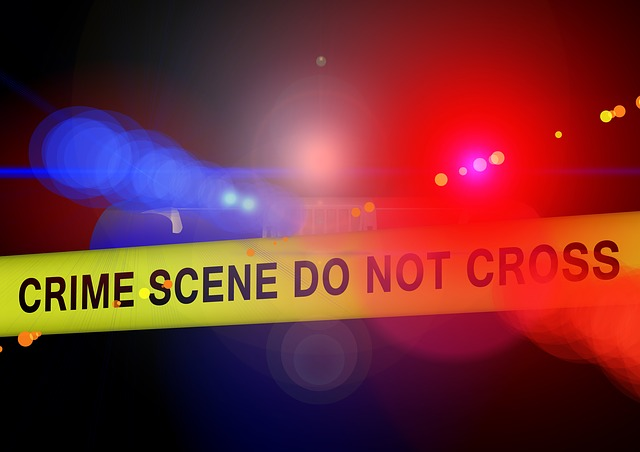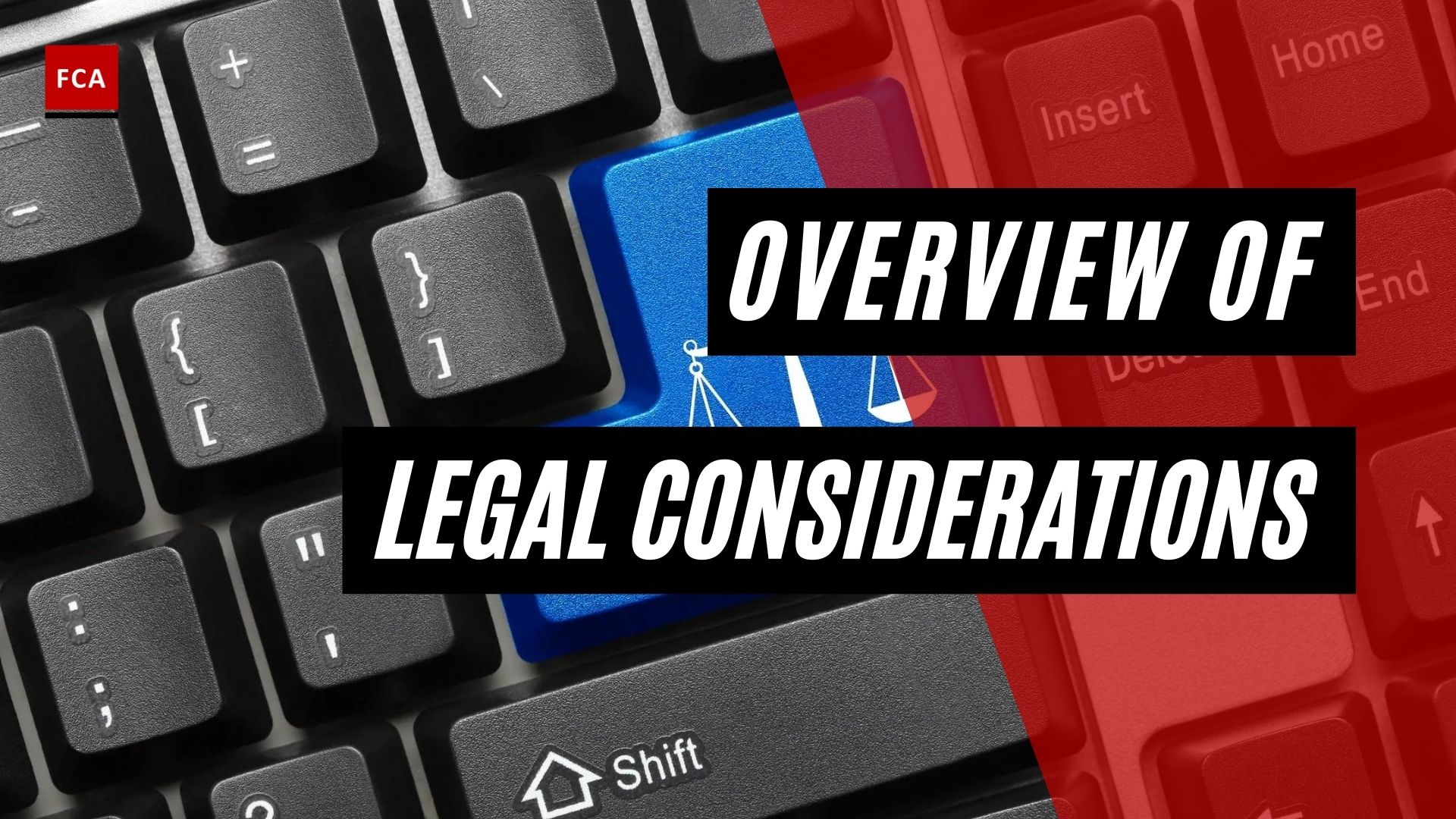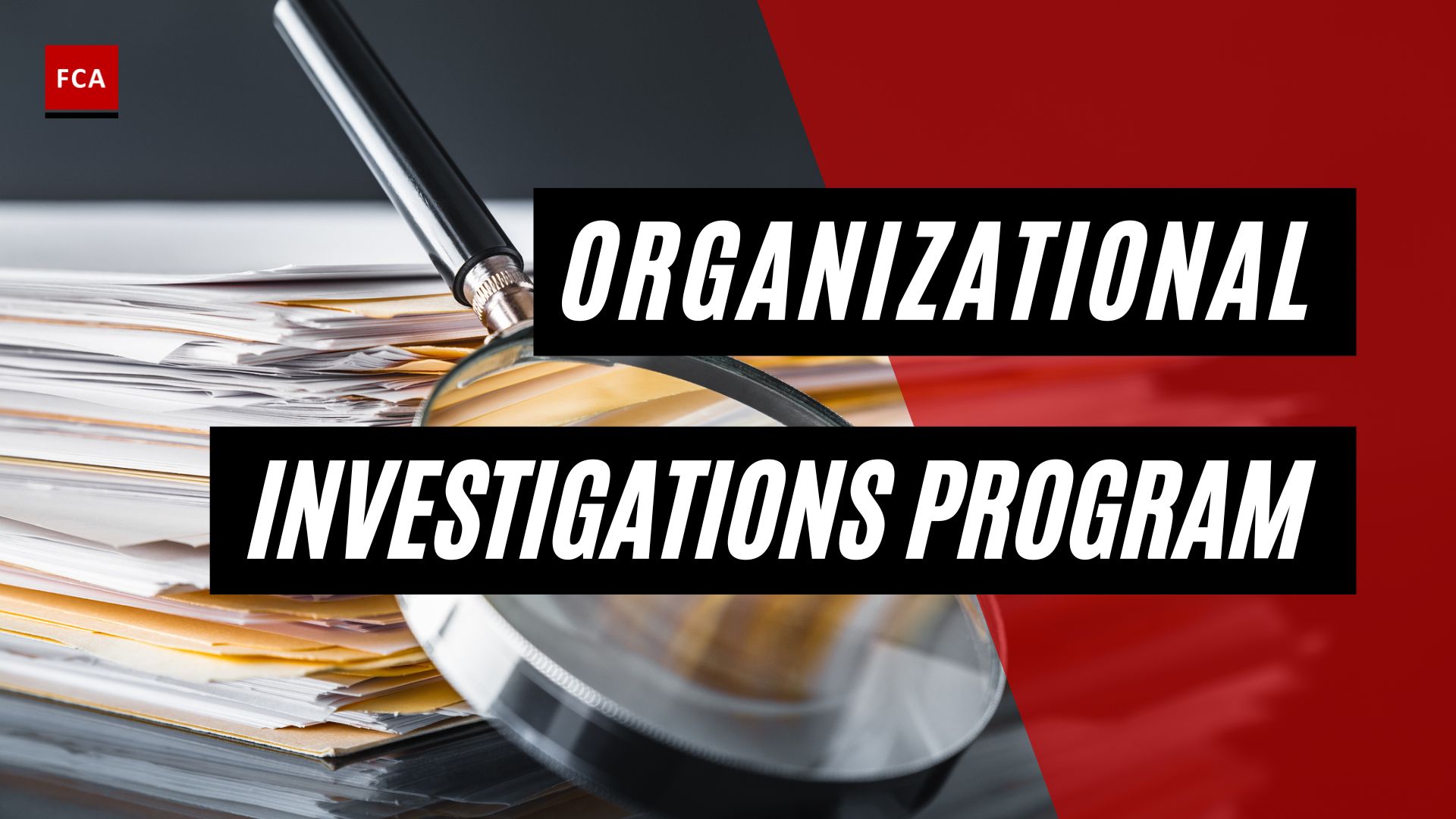Picture this: a gruesome crime scene, a meticulous investigator, and a race against time to bring the perpetrator to justice. This scene may sound like something straight out of a crime drama, but it’s a reality for forensic investigators every day. Forensic investigation is a complex and multidisciplinary field that plays a crucial role in solving crimes and supporting legal proceedings. In this comprehensive guide, we’ll explore the world of forensic investigation, from its fascinating history and various types to the challenges it faces in the modern era.
Key Takeaways
Forensic investigation is the use of scientific methods and techniques to analyze physical evidence for criminal and civil legal proceedings.
Physical evidence is integral to forensic investigations as it serves as the foundation for establishing facts, reconstructing events, and identifying persons involved.
Forensic science encompasses a wide range of disciplines used in criminal investigations such as pathology, toxicology, entomology etc., which are all essential tools in uncovering truth behind crimes.
Understanding Forensic Investigation

Forensic investigation fundamentally revolves around the use of scientific methods and techniques to scrutinize physical evidence and resolve crimes. Spanning a wide range of disciplines, forensic science is employed to resolve civil disputes, enforce criminal laws, and safeguard public health. Forensic scientists and crime scene investigators work diligently to uncover scientific evidence that can be used in legal proceedings. They utilize practices such as:
DNA analysis
Fingerprinting
Bloodstain pattern analysis
Ballistics analysis
Toxicology analysis
Digital forensics
As technology progresses, so does the field of forensic science, continually expanding and evolving to meet the needs of modern criminal and civil investigations. This evolution is driven by the rapid advancements in technology that open up new avenues for evidence collection and analysis. From the introduction of DNA fingerprinting to the rise of digital forensics, the field has come a long way. Today, forensic scientists are harnessing the power of cutting-edge technologies such as artificial intelligence, machine learning, and blockchain to revolutionize the way investigations are conducted. With the ever-increasing sophistication of crimes, the need for advanced forensic tools and techniques has never been more crucial. As we move into the future, the field of forensic science will continue to evolve, adapting to the changing landscape of crime and justice.
Types of Forensic Investigations
The nature of forensic investigations varies greatly depending on the evidence under consideration and the specific elements of the crime under investigation. Some of the main types of forensic investigations include:
Crime scene analysis
Digital forensics
Forensic Accounting
Forensic toxicology
Each type of investigation focuses on particular kinds of evidence and employs specialized crime scene investigators to carry out the task.
In crime scene analysis, different types of crime-related physical evidence play a significant role, including:
Biological evidence, such as blood spatter and hairs containing DNA
Digital evidence from computer systems, mobile devices, and other electronic sources
Forensic accounting to investigate financial irregularities or illegal practices
Weapon identification and impression evidence, like fingerprints and tire tracks
The collected evidence is sent to a crime lab for processing, where analysis is conducted to gather information and support criminal and civil investigations.
Importance of Physical Evidence
Physical evidence is the cornerstone of forensic investigations, as it assists in establishing facts, reconstructing events, and identifying suspects or victims. The various types of physical evidence used in forensic investigations include:
DNA samples
Fingerprints
Weapons
Impression evidence (such as shoeprints or tire tracks)
Securing and scrutinizing evidence gathered from crime scenes enables forensic investigators to furnish critical information that either backs or disputes allegations in criminal and civil cases, thereby facilitating the dispensation of justice.
Forensic Science Disciplines

The term ‘forensic science’ collectively refers to a broad array of scientific disciplines, with each focusing on specific types of evidence or aspects related to a crime. Some of the most well-known disciplines include:
Forensic pathology: involves the examination of deceased individuals
Forensic toxicology: involves the examination of toxic substances
Forensic entomology: involves the examination of insects
These disciplines play a crucial role in the investigation and analysis of crime scenes and can provide valuable evidence in criminal cases. Other disciplines, such as forensic archaeology and forensic dentistry, focus on the analysis of human remains and the identification of individuals through dental records. Each of these disciplines contributes to the overall goal of forensic science: to provide accurate and reliable information that can be used to solve crimes and support legal proceedings.
Forensic Pathology
Forensic pathology is a critical discipline within forensic science that deals with the examination of deceased individuals to determine the cause and manner of death. Forensic pathologists, sometimes referred to as medical examiners, are responsible for:
determining the causes of sudden or unexpected death
performing autopsies to gather evidence
analyzing tissue samples and bodily fluids
documenting injuries and wounds
providing expert testimony in court cases
Their work is crucial in helping to solve crimes and bring justice to victims. Autopsies and investigations of non-natural or suspicious deaths are performed by these specially trained medical professionals, providing their expertise in cases where a person has died under suspicious circumstances.
Forensic Toxicology
Forensic toxicology is another vital branch of forensic science that examines the presence and effects of toxic substances, chemicals, and poisons in criminal cases. Forensic toxicologists investigate both illicit and licit drugs, analyzing the means by which these substances are absorbed, circulated, and eliminated by the body, as well as their consequences. From the detection of arsenic in corpses to the identification of drugs in a victim’s system, forensic toxicology plays a significant role in uncovering the truth behind criminal activities.
Forensic Entomology
Forensic entomology is a fascinating field that involves the study of insects to provide information related to a crime, such as:
the time of death
body movement
the location of the crime
whether the victim had been administered any drugs
Insects found at a crime scene can offer valuable insights into these aspects. Forensic entomologists can even use facial reconstruction software to identify victims in cases involving large casualties or mass graves. The unique information gained from insect analysis is an essential tool for forensic investigators in solving crimes and piecing together the circumstances surrounding a criminal act.
Digital Forensic Investigation

As technology continues to advance, digital forensic investigation has become an increasingly important aspect of forensic science. Focusing on the analysis of digital evidence, digital forensic investigation encompasses subcategories like computer forensics and mobile device forensics, which analyze digital data from various electronic sources to uncover criminal activities or support legal proceedings. In this context, digital or computer investigations play a crucial role in the overall process. As our reliance on technology grows, so does the need for skilled digital forensic investigators to adapt to new tools, techniques, and types of evidence.
Computer Forensics
Computer forensics is a specialized branch of digital forensic investigation that deals with the recovery and analysis of digital data from computer systems to find evidence of misconduct or criminal activity. Forensic investigation is an area of detection that covers a number of specialties. These include database forensics, firewall investigations, and portable or mobile device forensics.
Proactive computer forensics, for instance, involves taking images of computers at specific intervals to gather evidence that may be used in future legal cases if individuals misuse confidential information. This method of evidence collection, known as ‘snapshotting’, allows investigators to capture the state of a computer system at a given moment. By doing so, they can monitor any changes or suspicious activities that occur over time. This can be particularly useful in cases where an employee is suspected of leaking sensitive information or engaging in illegal activities. The snapshots can provide a timeline of the user’s actions, making it easier to identify when and how the misconduct occurred. Despite its effectiveness, this method does require substantial storage space and careful management to ensure the integrity of the captured data.
Mobile Device Forensics
Mobile device forensics examines data from smartphones, tablets, and other portable devices to gather evidence and support investigations. With the ubiquity of mobile devices in today’s world, this branch of digital forensic investigation has become increasingly important. Data that can be retrieved from mobile devices include:
Text messages
Call logs
Emails
Photos
Videos
Other digital evidence
This information can be critical in criminal investigations, helping to identify suspects, determine timelines, and reveal motives. However, mobile device forensics also faces challenges, such as the complexity of devices, the need for specialized tools and expertise, and the possibility of data being corrupted or erased.
Crime Scene Investigation Process

The crime scene investigation process is a rigorous procedure encompassing numerous steps, starting from the initial scene evaluation to the collection of evidence and the reconstruction of events. Adhering to a systematic approach is vital to ensure that the forensic investigation yields accurate and reliable results. In the following subsections, we will delve into the various stages of the crime scene investigation process and their significance in building a strong case.
Initial Assessment
The preliminary evaluation of a crime scene constitutes an indispensable step in the investigation process. It involves securing the crime scene, evaluating the situation, and determining the necessary resources and personnel required for a thorough investigation. Proper crime scene security measures include establishing a perimeter, regulating access to the scene, and recording the scene to prevent contamination and preserve evidence. Evaluating the situation involves examining the scene, taking photographs, and collecting any potential evidence.
Depending on the type of crime and the complexity of the scene, various resources and personnel may be necessary, such as law enforcement officers, forensic scientists, and medical personnel.
Evidence Collection and Preservation
Evidence collection and preservation are essential components of the crime scene investigation process. Proper techniques and procedures must be employed to ensure the integrity and admissibility of the evidence in court. This can include:
Photographing and documenting the scene
Collecting and preserving physical evidence
Adhering to proper chain of custody protocols to maintain the evidence’s integrity
Careful handling and preservation of evidence are vital to prevent contamination or degradation, which may affect the accuracy and reliability of the forensic analysis.
Crime Scene Reconstruction
Crime scene reconstruction is the final stage of the crime scene investigation process and involves analyzing the collected evidence to determine the sequence of events and establish the facts of the case. This process is critical in obtaining valuable data that can be used to identify suspects, create timelines, and gain insight into the motive and circumstances of the crime.
By reconstructing the crime scene and analyzing the evidence, forensic investigators can contribute to a comprehensive and accurate investigation, ultimately leading to the apprehension and prosecution of the guilty parties.
The Role of Forensic Scientists

Forensic scientists play a pivotal role in the investigation process, lending their expertise from laboratory analysis to delivering expert testimony in court. These professionals are skilled in various scientific disciplines and possess a documented background of education, training, and experience in their respective fields.
In the following subsections, we will explore the specific roles and responsibilities of forensic scientists in the analysis of physical evidence and the presentation of their findings in court.
Laboratory Analysis
Laboratory analysis is a fundamental aspect of the forensic scientist’s role, involving the examination and interpretation of physical evidence using scientific methods and techniques. This process necessitates a high level of:
Accuracy
Methodicalness
Attention to detail
Impartiality
The results of the analysis can have a significant impact on the outcome of a case. By thoroughly examining evidence and adhering to rigorous scientific processes, forensic scientists can provide valuable insights and information to support criminal and civil investigations.
Expert Testimony
Expert testimony is another critical aspect of the forensic scientist’s role in the legal process. As “expert” witnesses, forensic scientists can provide testimony not only regarding factual results but also an opinion concerning the implications of those results. Their testimony helps legal professionals, jurors, and other stakeholders in the legal process understand the significance of the evidence, ultimately contributing to the fair and accurate resolution of a case.
However, forensic scientists may also face challenges in court, such as:
disputes regarding the accuracy of their tests
disputes regarding the interpretation of their results
disputes regarding the validity and reliability of the underlying science.
Challenges in Forensic Investigations

Even though forensic investigation offers numerous benefits, it is not devoid of challenges. Rapid advancements in technology, the use of questionable methods, and potential biases can all impact the accuracy and reliability of forensic investigations. In the following subsections, we will discuss these challenges in greater detail and explore their implications for the field of forensic science.
Evolving Technology
Evolving technology presents new challenges for forensic investigators, as they must adapt to new tools, techniques, and types of evidence. Keeping up with the latest advancements in technology is critical for forensic investigators to stay relevant and effective in their field. As technology continues to progress, investigators must constantly update their skills and knowledge to ensure they can accurately analyze the ever-changing landscape of digital evidence.
Questionable Methods
Questionable methods in forensic science may lack scientific merit or validation, leading to unreliable or inaccurate results. These methods can create difficulties and potential problems in forensic investigations, including:
Unethical examination
Undermining the system
Impeding the investigation of multiple hypotheses
Contributing to incorrect verdicts
Awareness and mitigation strategies are crucial in minimizing the impact of potential biases on forensic investigations, ensuring the objectivity and accuracy of the analysis.
Potential Biases

Potential biases, such as those introduced by media portrayals of forensic work, can impact the expectations and perceptions of jurors and other stakeholders in the legal process. The “CSI effect,” for instance, refers to the impact of popular television shows on people’s perceptions of forensic science, sometimes leading to unrealistic expectations of forensic evidence among jurors. These television shows often present a glamorized and highly dramatized version of forensic work, which can skew public understanding of the field. They often portray forensic science as infallible and forensic scientists as all-knowing, leading to an overestimation of the capabilities and reliability of forensic evidence in the courtroom. This can put undue pressure on real-life forensic scientists and can lead to jurors having unrealistic standards for evidence, potentially influencing their decisions in a trial.
Other potential biases may include:
Forensic confirmation bias
The influence of unnecessary contextual information on forensic experts
The dependence and association of crime labs with law enforcement agencies
Summary and Conclusion
Forensic investigation, a complex and multidisciplinary field, plays a key role in crime resolution and bolstering legal proceedings. Through the collection and analysis of physical evidence, forensic investigators can establish facts, reconstruct events, and identify suspects or victims. Despite the challenges posed by evolving technology, questionable methods, and potential biases, forensic science continues to adapt and evolve, providing invaluable insights and information in the pursuit of justice. As our understanding of the world and the technology within it grows, so too will the field of forensic investigation, ensuring that truth and justice prevail.
Frequently Asked Questions
For a more in-depth understanding of forensic investigation, we have put together a list of commonly asked questions that touch upon some of the central concepts discussed in this extensive guide. Let’s explore these questions and their answers to gain a deeper insight into the fascinating world of forensic science.
What is the meaning of forensic investigation?
Question: What is the meaning of forensic investigation?
Answer: Forensic investigation refers to the application of scientific methods and techniques to analyze physical evidence and solve crimes. It involves the collection, examination, and interpretation of various types of evidence, such as DNA, fingerprints, and weapon marks, to establish facts, reconstruct events, and identify suspects or victims in criminal cases.
What is the use of forensic investigation?
Question: What is the use of forensic investigation?
Forensic investigation is used to:
Establish facts
Reconstruct events
Identify suspects or victims in criminal cases
Support legal proceedings in civil cases by providing objective evidence that can be used to corroborate or refute claims.
What is forensic in criminal investigation?
Question: What is forensic in criminal investigation?
Answer: Forensic in criminal investigation refers to the use of scientific methods and techniques to analyze physical evidence and solve crimes. Forensic experts examine various types of evidence collected from crime scenes, suspects, and victims to establish facts, reconstruct events, and identify perpetrators or victims in criminal cases.
What is the importance of investigation in crime scene?
Question: What is the importance of investigation in crime scene?
The importance of investigation in a crime scene lies in the collection and analysis of physical evidence, which helps establish facts, reconstruct events, and identify suspects or victims. Forensic investigators must carefully:
Collect and preserve evidence to ensure its accuracy and reliability
Document the scene through photographs, sketches, and notes
Interview witnesses and gather statements
Analyze evidence in a laboratory setting
Collaborate with other experts, such as forensic scientists and medical examiners
These steps are crucial in contributing to the successful resolution of criminal or civil wrongdoing cases.
What is required to become a forensic scientist?
To become a forensic scientist, one must possess a bachelor’s degree in a natural science such as biology, chemistry, or physics, and have laboratory work experience and knowledge of the principles of forensic science.









